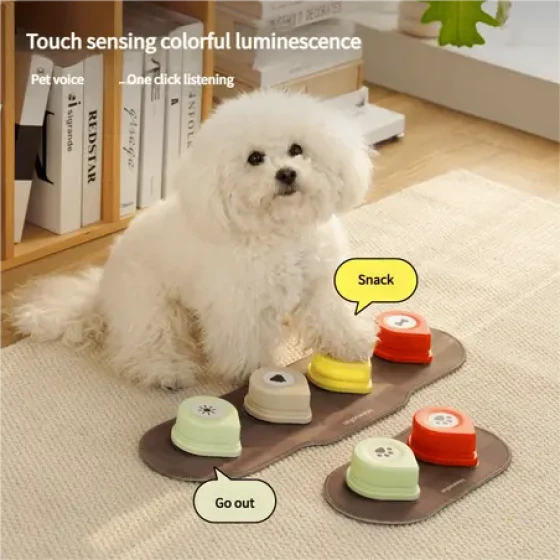Reasons and Procedures for Euthanizing Dogs

Husky (detailed introduction)
Euthanasia implies a happy death, a painless death. Usually, dogs chosen for euthanasia suffer from incurable diseases and unbearable physical and mental pain that no medicine can relieve. Only then do owners opt to euthanize their dogs. Of course, there are other reasons. Below is a detailed introduction to the reasons and procedures for euthanizing dogs.
1. Reasons for Euthanizing Dogs
1. Dogs are euthanized mostly because they have illnesses that are difficult to cure but not instantly fatal. Such diseases cause the dog extreme suffering, such as loss of appetite, poor sleep, paralysis of limbs lying on the ground, emitting painful moans. For example, severe limb paralysis caused by injury leaving the dog in critical condition, so the owner cannot bear to see the beloved dog suffer and chooses euthanasia. Other cases include dogs infected with rabies or distemper who may be euthanized.
2. Some dogs are euthanized because they were abandoned, allowed to breed freely, and due to lack of adoption and communities being unable to support too many stray dogs, euthanasia is used to solve the stray animal problem. There are also rare cases where owners request euthanasia when someone in the family plans to get pregnant because dogs may carry Toxoplasma gondii, which can cause miscarriage. Therefore, generally no pet dogs are kept during pregnancy. However, very few choose euthanasia for this reason, usually giving the dog away instead.

Bichon Frise (detailed introduction)
2. How to Euthanize a Dog
1. Potassium chloride injection: a 10% potassium chloride solution is injected intravenously at 0.3–0.5 ml per kilogram of body weight rapidly, causing instantaneous hyperkalemia. High potassium concentration blocks cardiac conduction, weakens contraction strength, and eventually inhibits heart muscles causing sudden cardiac arrest and death. This method causes a brief period of full-body muscle rigidity followed by relaxation and death.
2. Oral sedatives: administering oral sedatives to induce sleep in the sick pet, followed by injection of a central nervous system anesthetic that suppresses respiration. These anesthetics are usually strong sedatives causing suffocation. Injecting the anesthetic suppresses the respiratory system, ultimately causing respiratory arrest and death.
3. Injection of coagulants: the pet is first anesthetized, then coagulants are injected to block veins. The coagulant works by acting on blood clotting factors, causing blood coagulation, forming thrombi, blocking blood vessels, stopping blood flow, and resulting in the death of the pet.
4. Pentobarbital sodium injection: rapid intravenous injection at 15 ml or 75 mg per kilogram of body weight.
5. Saturated magnesium sulfate injection: 40% magnesium sulfate solution injected intravenously at 1 ml per kilogram of body weight rapidly.
Currently, the most commonly used method in domestic pet hospitals is potassium chloride injection, though it is controversial. The lethal mechanism of potassium chloride is instantaneous hyperkalemia leading to cardiac conduction blockage, reduced contractility, and eventual inhibition of myocardial activity causing cardiac arrest. Although sedatives or anesthetics are administered before the potassium chloride injection, when the anesthetic dose is insufficient or ineffective, the dog will experience a painful death because potassium chloride causes a strong burning sensation and possible full-body muscle rigidity for some time.
To enable truly painless death, foreign countries generally recommend the pentobarbital sodium method. Pentobarbital sodium is commonly used in animal anesthesia experiments; after injection, animals quickly become drowsy and anesthetized. Large doses suppress respiration, ultimately causing death by respiratory paralysis. This injection causes no obvious pain, so many organizations and owners choose this method.
The saturated magnesium sulfate method is another way to cause rapid death without struggling. Magnesium ions suppress the central nervous system, cause loss of consciousness, directly inhibit respiratory and vasomotor centers in the medulla, and block conduction at neuromuscular junctions resulting in skeletal muscle relaxation.
Editor's Tip: When you must take your dog to a pet hospital for euthanasia, be sure to instruct the veterinary staff to first administer anesthetics before injecting potassium chloride. Since anesthetics are costly, especially imported ones, some small clinics may reduce the anesthetic dosage or skip it entirely and directly push potassium chloride to save costs.





-560x560.webp)